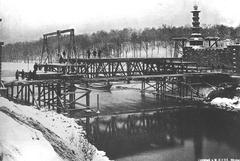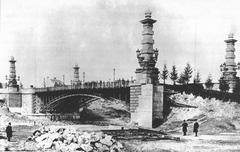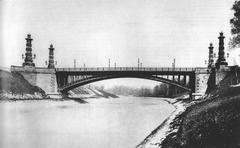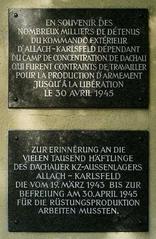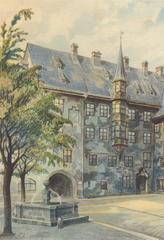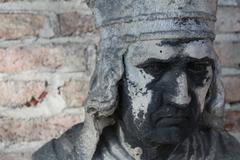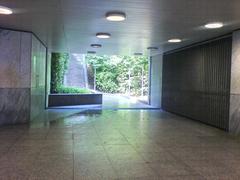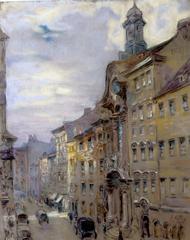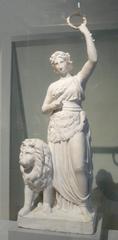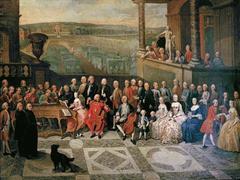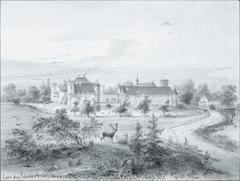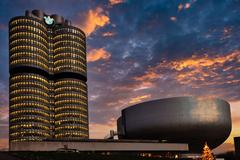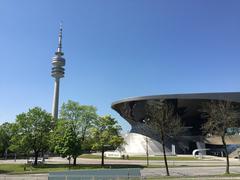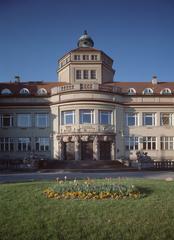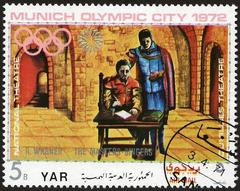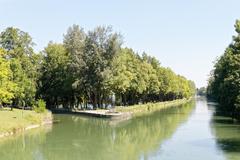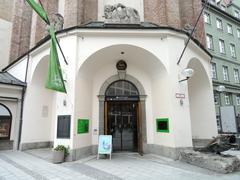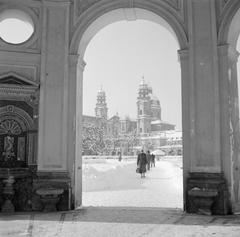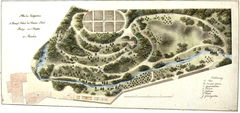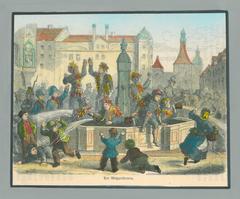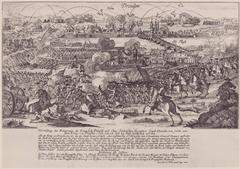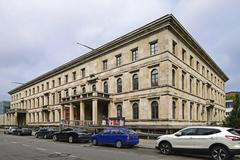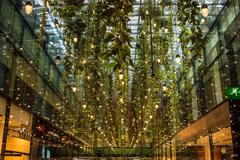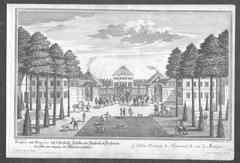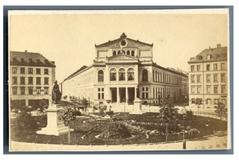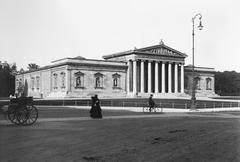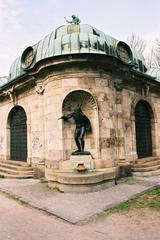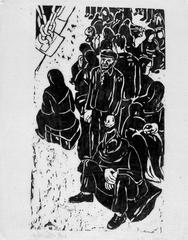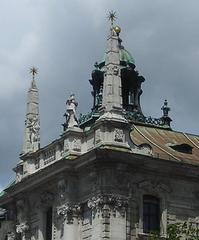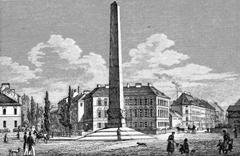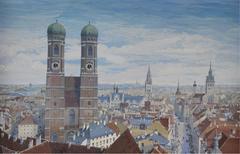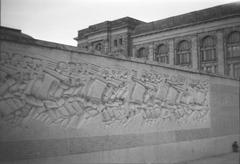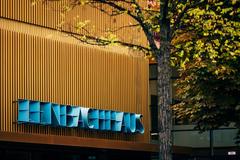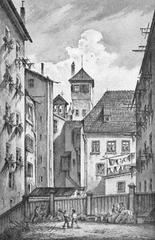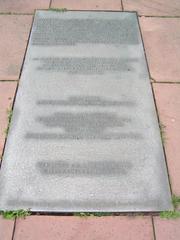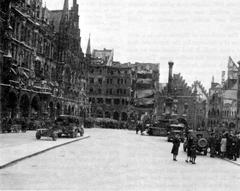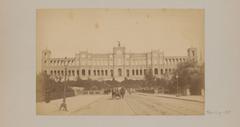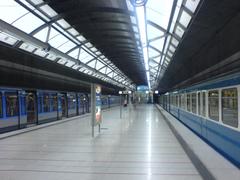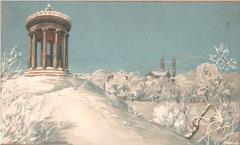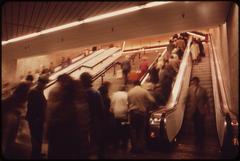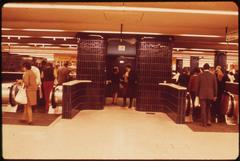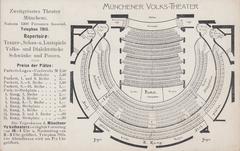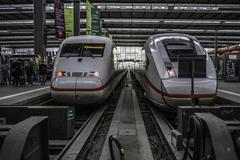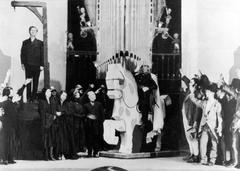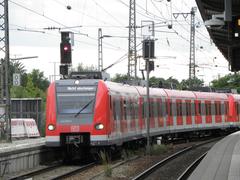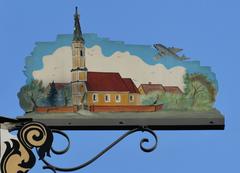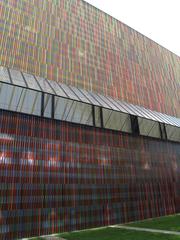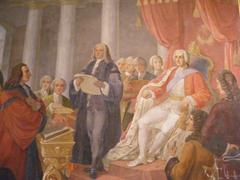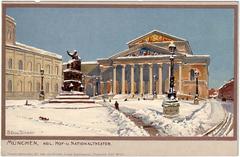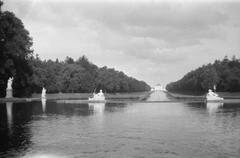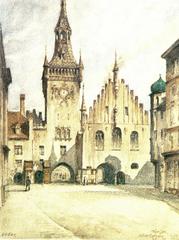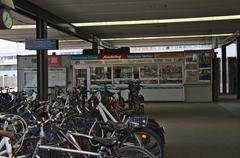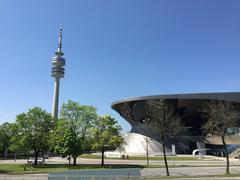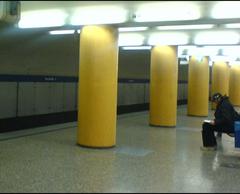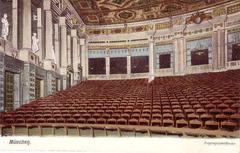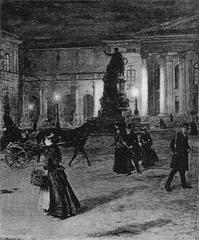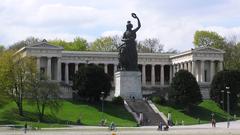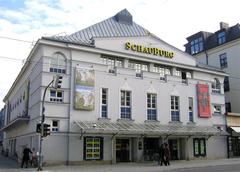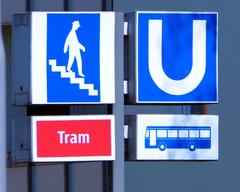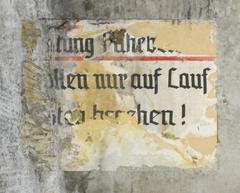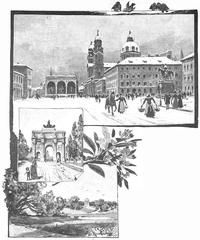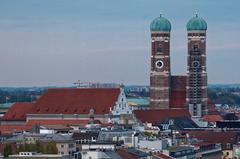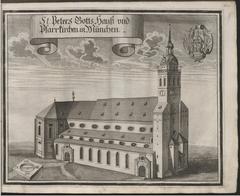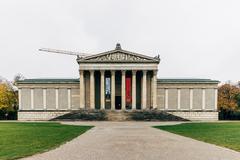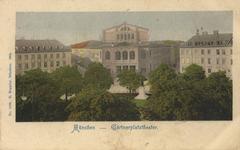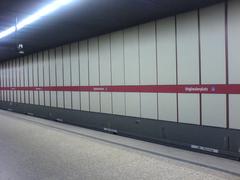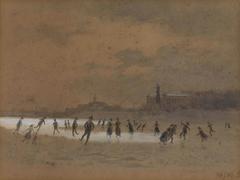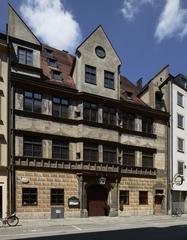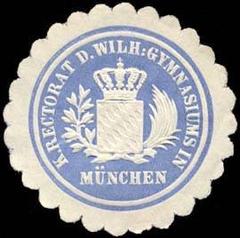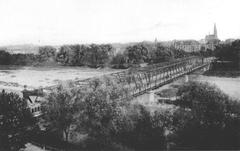
Comprehensive Guide to Visiting Luitpoldbrücke, Munich, Germany
Date: 31/07/2024
Introduction
Luitpoldbrücke, also known as the Prince Regent Bridge, stands as a monumental testament to Munich’s rich historical and cultural heritage. Constructed in 1891 and named after Prince Regent Luitpold of Bavaria, the bridge has witnessed the transformation of Munich over more than a century (Life Globe). Designed by the renowned architect Friedrich von Thiersch, Luitpoldbrücke exemplifies late 19th-century engineering and architectural prowess. The bridge’s history is marked by significant events such as its collapse due to flooding in 1899 and its subsequent reconstruction in 1901. As a vital link across the Isar River, connecting the districts of Lehel and Maxvorstadt, Luitpoldbrücke is more than a transportation route; it is a symbol of Munich’s resilience and dedication to preserving its heritage (Life Globe; Munich Travel). Whether you are a history enthusiast, an architecture aficionado, or a casual tourist, this comprehensive guide will provide you with all the information you need to appreciate Luitpoldbrücke’s significance and plan your visit to this iconic bridge.
Table of Contents
- [Introduction](#introductionintroduction)
- [Origins and Initial Construction](#origins-and-initial-constructionorigins-and-initial-construction)
- [Collapse and Reconstruction](#collapse-and-reconstructioncollapse-and-reconstruction)
- [Architectural Features](#architectural-featuresarchitectural-features)
- [Symbolic Sculptures](#symbolic-sculpturessymbolic-sculptures)
- [Integration with Munich’s Urban Landscape](#integration-with-munichs-urban-landscapeintegration-with-munichs-urban-landscape)
- [Historical Significance](#historical-significancehistorical-significance)
- [Cultural Impact](#cultural-impactcultural-impact)
- [Modern-Day Relevance](#modern-day-relevancemodern-day-relevance)
- [Preservation Efforts](#preservation-effortspreservation-efforts)
- [Visitor Information](#visitor-informationvisitor-information)
- [Visiting Hours and Tickets](#visiting-hours-and-ticketsvisiting-hours-and-tickets)
- [Guided Tours](#guided-toursguided-tours)
- [Nearby Attractions](#nearby-attractionsnearby-attractions)
- [Travel Tips](#travel-tipstravel-tips)
- [FAQ](#faqfaq)
- [Conclusion](#conclusionconclusion)
- [References](#referencesreferences)
Origins and Initial Construction
The Luitpold Bridge, or the Prince Regent Bridge (Prinzregentenbrücke), is a significant historical structure in Munich, Germany. It was originally constructed in 1891, designed by architect Friedrich von Thiersch, and funded by Prince Regent Luitpold from his personal finances. The bridge is named after Bavarian Prince Regent Luitpold Karl Joseph Wilhelm, reflecting its royal patronage and significance (Life Globe).
Collapse and Reconstruction
The initial structure of the Luitpold Bridge was made of steel. However, it faced a significant setback in September 1899 when it collapsed due to severe flooding. This event necessitated the construction of a new bridge. By 1901, a new stone bridge was built, again financed by Prince Regent Luitpold. The stone bridge has stood the test of time since its completion in 1903 and was officially transferred to the city of Munich on September 29, 1901 (Life Globe).
Architectural Features
The Luitpold Bridge, as it stands today, consists of a flat three-section arch that spans approximately 63 meters across the Isar River. It accommodates two carriageways and sidewalks on each side, facilitating both vehicular and pedestrian traffic. The bridge serves as a crucial connection between the center of Munich (Altstadt-Lehel) on the west side of the river and the districts of Au-Haidhausen and Bogenhausen on the east side (Life Globe).
Symbolic Sculptures
One of the most distinctive features of the Luitpold Bridge is its decorative elements. The bridge is adorned with four large stone sculptures, each symbolizing different parts of Bavaria. These sculptures include:
- The figure of a hunter, symbolizing the Old part of Bavaria (Upper and Lower Bavaria), created by Hermann Hahn.
- Additional sculptures representing other Bavarian regions, though specific details about these sculptures are less documented.
These sculptures not only enhance the aesthetic appeal of the bridge but also serve as a reminder of Bavaria’s rich cultural heritage (Life Globe).
Integration with Munich’s Urban Landscape
The Luitpold Bridge is seamlessly integrated into Munich’s urban landscape. On the eastern side, it continues as part of Prinzregentenstraße, one of Munich’s main streets. On the western side, it is complemented by the Angel of Peace memorial (Friedensengel), which includes a column with a monument, a small memorial temple, and a terrace that serves as an observation deck. This integration highlights the bridge’s importance not just as a transportation link but also as a cultural and historical landmark (Life Globe).
Historical Significance
The Luitpold Bridge holds significant historical value for Munich. Its construction during the late 19th century reflects the city’s development and modernization efforts under the patronage of Prince Regent Luitpold. The bridge’s resilience, having been rebuilt after the 1899 floods, symbolizes Munich’s ability to overcome natural disasters and continue its growth. The bridge also serves as a testament to the architectural and engineering advancements of its time (Life Globe).
Cultural Impact
The Luitpold Bridge is more than just a physical structure; it is a cultural icon in Munich. It has witnessed numerous historical events and changes in the city over the past century. The bridge’s sculptures and its connection to significant streets and memorials make it a focal point for understanding Munich’s cultural and historical narrative. Visitors to the bridge can appreciate not only its architectural beauty but also its role in the city’s history (Life Globe).
Modern-Day Relevance
Today, the Luitpold Bridge continues to be a vital part of Munich’s infrastructure. It supports daily commutes and serves as a scenic route for both locals and tourists. The bridge’s historical and cultural significance makes it a popular spot for visitors who are interested in exploring Munich’s rich heritage. Its proximity to other attractions, such as the Angel of Peace memorial and Prinzregentenstraße, enhances its appeal as a must-visit location in Munich (Life Globe).
Preservation Efforts
Efforts to preserve the Luitpold Bridge are crucial to maintaining its historical integrity and ensuring its continued use. The stone structure, built to replace the original steel bridge, has proven to be durable, but ongoing maintenance is necessary to protect it from the wear and tear of time and weather. Preservation initiatives help safeguard the bridge’s architectural features and symbolic sculptures, allowing future generations to appreciate its historical and cultural significance (Life Globe).
Visitor Information
Visiting Hours and Tickets
The Luitpold Bridge is accessible to the public 24/7, offering free access for both pedestrians and vehicles. No tickets are required to visit the bridge.
Guided Tours
While there are no specific guided tours for the Luitpold Bridge itself, it is often included in broader city tours that cover Munich’s historical sites. Check with local tour providers for more information.
Nearby Attractions
- Angel of Peace Memorial: Located on the western side of the bridge, this memorial features a column with a monument, a small memorial temple, and a terrace that serves as an observation deck.
- Prinzregentenstraße: A major street in Munich that continues from the eastern side of the bridge, offering various shops, cafes, and historical buildings.
Travel Tips
- Best Time to Visit: The bridge is beautiful year-round, but visiting during the spring and summer months offers the best weather for walking and sightseeing.
- Accessibility: The bridge is wheelchair accessible, with ramps on both sides to accommodate visitors with mobility issues.
FAQ
- What are the visiting hours for Luitpold Bridge? The bridge is accessible 24/7.
- Is there an entrance fee for Luitpold Bridge? No, visiting the bridge is free of charge.
- What are the best times to visit Luitpold Bridge? Spring and summer months offer the best weather for visiting.
- Are there guided tours available? While there are no specific tours for the bridge, it is often included in broader city tours.
Conclusion
Luitpoldbrücke epitomizes the blend of history, culture, and architectural beauty that defines Munich. From its initial construction under the patronage of Prince Regent Luitpold to its resilience in the face of natural disasters and wartime destruction, the bridge stands as a symbol of Munich’s enduring spirit. Its intricate architectural features, including the symbolic statues representing Bavaria’s rivers, and its seamless integration into the urban landscape make it a must-visit for anyone exploring Munich (Life Globe). Today, Luitpoldbrücke continues to serve as a vital transportation link, a scenic route for locals and tourists, and a cultural landmark reflecting the city’s rich heritage. Efforts to preserve the bridge ensure that future generations can continue to appreciate its historical and cultural significance. Whether you are visiting for its historical context, architectural beauty, or simply as part of a broader tour of Munich, Luitpoldbrücke offers an experience that is both educational and aesthetically pleasing. For a more immersive experience, consider exploring nearby attractions like the Angel of Peace memorial, the English Garden, and the Bavarian National Museum, all of which contribute to the rich tapestry of Munich’s cultural landscape (Munich Travel).
References
- Life Globe, 2023, Life Globe
- Munich Travel, 2023, Munich Travel
- Travellers Worldwide, 2023, Travellers Worldwide
